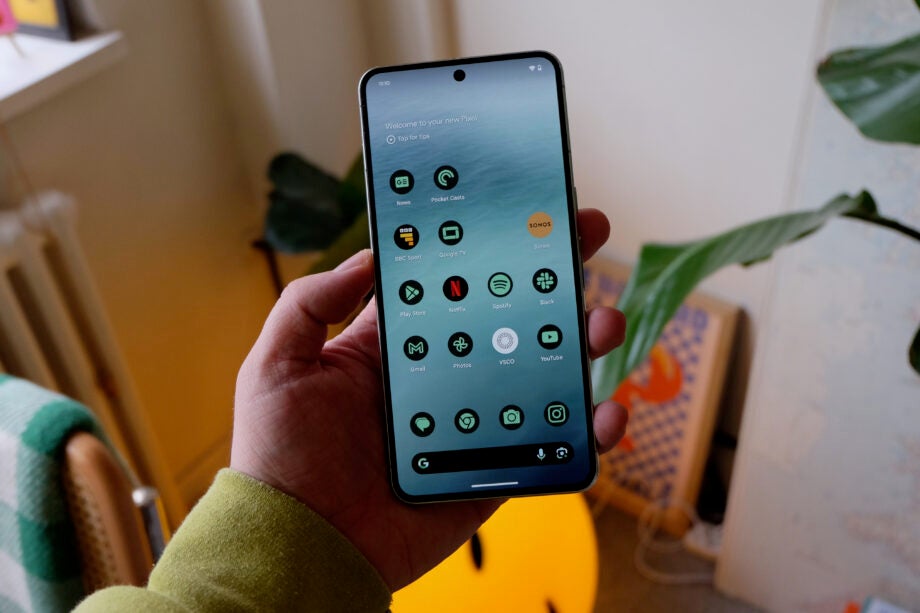What is Google Adaptive Touch? Pixel 9 display rumour explained

What is Google Adaptive Touch? Could Google be about to debut a new display technology that could change how we interact with our smartphones through touch?
The Pixel 9 is likely to arrive this autumn, and a string of code within Android may have revealed a headline new display feature called Adaptive Touch.

Get the Samsung Galaxy S22 Plus for just £439
GiffGaff is selling the Samsung Galaxy S22 Plus for just £439 in ‘Like new’ condition.
- GiffGaff
- ‘Like new’ condition
- Now £439
Within the Android QPR beta 2, Android Authority found evidence of the feature, which would likely alter the sensitivity of the display in certain situations.
Adaptive Touch could be available within the settings, with the code explaining that when the feature is enabled: “touch sensitivity will automatically adjust to your environment, activities and screen protector.”
In existing versions of Android, Google offers a Touch Sensitivity setting (Under Settings > Display) This enables users to adjust the sensitivity of the touchscreen.
There’s also a screen protector mode, which automatically detects the presence of the protective shield and that will “increase touch sensitivity and touch when using a screen protector.”
How exactly would an “adaptive” version of this be different? Well we don’t have any official word from Google yet and likely won’t for a few months until it unveils the Pixel 9.
It will be environmental though, and Android Authority in its report speculated that it may rival a OnePlus 12 feature that enables the display to cope better when using the phone with wet fingers. OnePlus calls it Aqua Touch, which is automatically enabled when the phone is wet and makes the screen easier to operate.
It’s not clear whether this feature would be hardware based or whether it’s an addition that could debut on Pixel 9 and trickle down to older handsets in the range as part of a Feature Drop.


